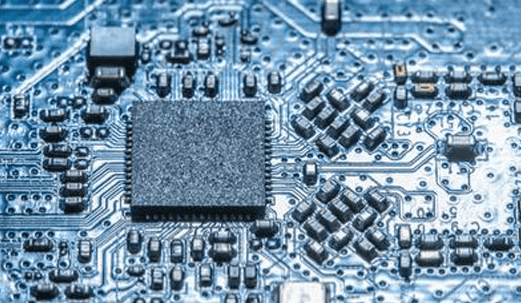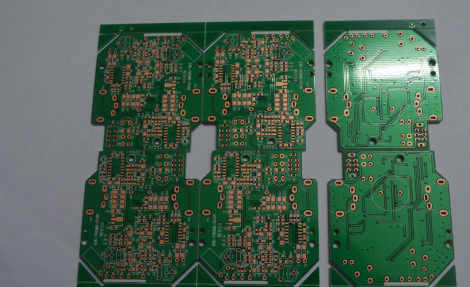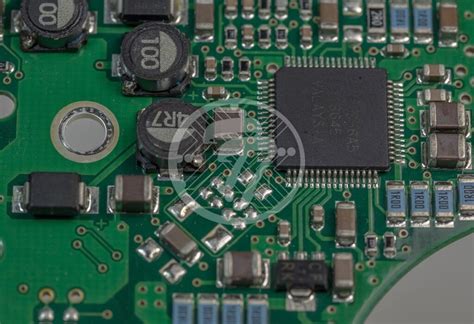Surface Mount Technology (SMT) PCB Assembly: A Comprehensive Guide
Introduction to SMT PCB Assembly
Surface Mount Technology (SMT) is a method of assembling electronic circuits where components are mounted directly onto the surface of a printed circuit board (PCB). This technology has largely replaced traditional through-hole technology (THT) due to its efficiency, cost-effectiveness, and ability to support miniaturized and high-density PCB designs.
SMT PCB assembly involves several critical steps, including solder paste application, component placement, reflow soldering, inspection, and testing. This article explores the SMT assembly process, its advantages, challenges, and applications in modern electronics manufacturing.
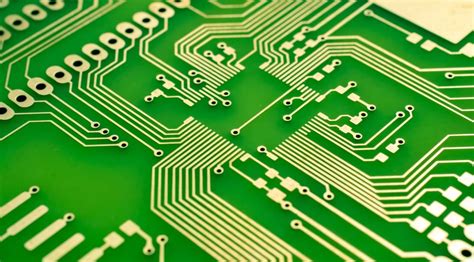
The SMT PCB Assembly Process
1. PCB Design and Stencil Preparation
Before assembly begins, the PCB must be designed with SMT-compatible footprints. A stencil (typically made of stainless steel) is then created to apply solder paste accurately onto the PCB pads. The stencil ensures precise deposition of solder paste, which is crucial for proper component soldering.
2. Solder Paste Application
Solder paste—a mixture of tiny solder particles and flux—is applied to the PCB using the stencil and a solder paste printer. The printer aligns the stencil with the PCB and spreads the paste evenly across the pads. Proper paste application is critical to avoid defects like bridging or insufficient solder joints.
3. Component Placement
After solder paste application, the PCB moves to a pick-and-place machine, which uses robotic arms to position surface-mount components (such as resistors, capacitors, and integrated circuits) onto their designated pads. Modern pick-and-place machines can place thousands of components per hour with high precision.
4. Reflow Soldering
Once components are placed, the PCB enters a reflow oven. The oven heats the board in multiple stages:
- Preheat: Gradually raises the temperature to activate the flux.
- Soak: Ensures even heat distribution.
- Reflow: The temperature peaks (typically 220-250°C), melting the solder paste to form reliable electrical connections.
- Cooling: The solder solidifies, securing the components in place.
5. Inspection and Quality Control
After soldering, the PCB undergoes inspection to detect defects such as:
- Tombstoning (one end of a component lifts off the pad)
- Bridging (solder connects adjacent pins unintentionally)
- Insufficient solder joints
Automated Optical Inspection (AOI) and X-ray inspection are commonly used for quality assurance.
6. Testing and Final Assembly
Functional testing ensures the PCB operates correctly. Depending on the design, additional steps like conformal coating or through-hole component insertion may follow.

Advantages of SMT PCB Assembly
1. Miniaturization and High-Density Designs
SMT allows for smaller components and tighter spacing, enabling compact and lightweight electronic devices (e.g., smartphones, wearables).
2. Faster and More Efficient Production
Automated pick-and-place machines and reflow ovens enable high-speed assembly, reducing manufacturing time compared to manual through-hole techniques.
3. Improved Performance
SMT components have shorter leads, reducing parasitic inductance and capacitance, which enhances high-frequency performance.
4. Cost-Effectiveness
SMT reduces material costs (no need for drilled holes) and labor costs due to automation.
5. Better Mechanical Stability
SMT components withstand vibration and shock better than through-hole parts, making them ideal for automotive and aerospace applications.
Challenges in SMT Assembly
1. Component Size and Handling
Ultra-small components (e.g., 0201 resistors or micro-BGA packages) require precise handling and advanced machinery.
2. Solder Joint Reliability
Thermal cycling and mechanical stress can lead to solder joint cracks, especially in harsh environments.
3. Rework Difficulty
Repairing faulty SMT components is more complex than with through-hole parts, often requiring specialized tools.
4. Thermal Management
High-density SMT designs may generate more heat, necessitating effective thermal dissipation strategies.
Applications of SMT PCB Assembly
SMT is widely used across industries, including:
- Consumer Electronics (smartphones, laptops, TVs)
- Automotive Electronics (ECUs, sensors, infotainment systems)
- Medical Devices (wearable monitors, imaging equipment)
- Aerospace & Defense (avionics, communication systems)
- Industrial Automation (robotics, control systems)
Future Trends in SMT Assembly
1. Advanced Miniaturization
Components like 01005 resistors and chip-scale packages (CSP) are pushing the limits of SMT assembly.
2. Smart Manufacturing & Industry 4.0
AI-driven inspection, IoT-enabled production monitoring, and automated defect detection are enhancing SMT efficiency.
3. Lead-Free and Eco-Friendly Soldering
Environmental regulations are driving the adoption of lead-free solder alloys.
4. Flexible and Hybrid PCBs
SMT is adapting to flexible and rigid-flex PCB designs for next-gen electronics.
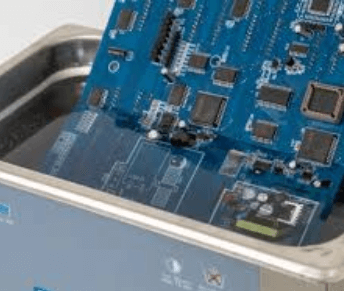
Conclusion
SMT PCB assembly has revolutionized electronics manufacturing by enabling smaller, faster, and more reliable circuit boards. While challenges like miniaturization and thermal management persist, advancements in automation, inspection technologies, and materials continue to drive innovation. As demand for compact, high-performance electronics grows, SMT remains a cornerstone of modern PCB production.
By understanding the SMT assembly process, its benefits, and emerging trends, manufacturers can optimize production and deliver cutting-edge electronic devices to the market.

